There are three different classes of malocclusion, referred to as class i, ii, and iii: Type 2 occurs when the upper front teeth alignment is good, but the lower front teeth angle toward the tongue.

Pdf Angle Class Iii Malocclusion With Severe Anteroposterior Discrepancy Semantic Scholar
The upper front teeth angle toward the tongue and crowding is present.

Class iii malocclusion types. Class ii division 2 is where the maxillary anterior teeth are retroclined and a deep overbite exists. Class of malocclusion is also available. Class ii division 1 is when the maxillary anterior teeth are proclined and a large overjet is present.
50 generally, as growth is completed there is little or no functional shift of the mandible on closure. Class 3 malocclusion is divided into 3 types based on the alignment of the teeth. Classification lin (2007) divides it into 3 categories according to the difinition:
In class i and the other in class iii. 4,5 class iii malocclusions can be. This condition, known as retrognathism (or retrognathia), means that the upper teeth and jaw significantly overlap the lower jaw and teeth.
Types of class iii malocclusion. Malocclusion is the term for a skewed relationship between the positioning of the teeth with the jaw closed. According to the nature and cause, we can identify 3 types of the condition:
44 class iii malocclusion may be associated with maxillary growth deficiency (and/or maxillary retrognathia), mandibular growth excess. Class 3 malocclusion treatment options. This class includes underbites and crossbites.
One of the bilateral buccal occ. Skeletal class iii malocclusion can be classified into retruded maxilla, protruded mandible, or a combination of the two according to cephalometric analysis. 1 the reported incidence of this malocclusion ranges between 1% to 19%, with the lowest among the caucasian populations 2,3 and the highest among the asian populations.
Class 2 malocclusion is diagnosed when a severe overbite is present. Class ii division 2 is where the maxillary anterior teeth are retroclined and a deep overbite exists. Bone discrepancy may have an unfavorable impact on esthetics, which is frequently aggravated by the presence of accentuated facial asymmetries.
Before we proceed to the types, let’s discuss the classes first. This is commonly referred to as an underbite. Among 32% or so of individuals with malocclusion have an overbite.
Includes narrow arches with the upper teeth sticking out and lower teeth leaning in toward the tongue. This class is the usual malocclusion among the majority of the population. A class iii malocclusion is a misalignment of the teeth that results in a situation where the lower teeth are more prominent than the teeth in the upper jaw.
Class ii malocclusion class ii malocclusion has two divisions to describe the position of the anterior teeth. It is the most common malocclusion. Almost always it is the retrusive lower jaw that is causing this type of malocclusion.
Well aligned teeth & dental arches. Class ii malocclusion division 1 Class 3 malocclusion, in which the lower jaw is larger than the upper jaw, affects the remaining 8% of individuals with malocclusion.
Class i — in this form of malocclusion, the molars align but there is minor crowding in the anterior teeth. Class iii malocclusions occur when the lower teeth are too far forward, often overlapping with the upper front teeth. Patients can develop a class iii malocclusion for a number of different reasons, and it can be.
Bilateral class i buccal occ. Crowded maxillary incisors, underdeveloped maxilla. Class ii division 1 is when the maxillary anterior teeth are proclined and a large overjet is present.
An overbite, also known as class 2 malocclusion, occurs when the lower jaw is underdeveloped. Class iii malocclusion is characterized by anterior posterior dental disharmony, either with or without skeletal discrepancies. Class ii malocclusion division 1
Type 3 is when the lower teeth alignment is okay, but the upper front teeth angle toward the. Class ii malocclusion class ii malocclusion class ii malocclusion has two divisions to describe the position of the anterior teeth. In type 1, teeth form an abnormally shaped arch.
Class iii malocclusions are the least common type of malocclusion, yet they are often more complicated to treat and more likely to require orthognathic surgery for optimal correction. There are three types of class 3 malocclusions. Type 1 is when the arch of the teeth has an abnormal shape, but the alignment is good.
In type 2 malocclusion of teeth, the lower front teeth are angled towards the tongue. Class 1 malocclusion is the most common classification of malocclusion. In this case, there is no problem with the bite, but the upper teeth slightly overlap the lower teeth more than the.
A protrusive lower jaw or a retrusive upper jaw can be the cause. There are three types of class i malocclusion according to edward hartley angle’s classification: Class iii skeletal malocclusion may present several etiologies, among which maxillary deficiency is the most frequent.
The teeth angle toward the tongue. And in type 3, the upper arch is abnormal and upper teeth are angled towards the tongue. This condition is also known as an underbite and it is much less common than other types of malocclusions where the upper teeth are more prominent.
As the name suggests, the origin in this type lies in the bones of the jaws rather than the teeth. This type of malocclusion is usually. Class 3 malocclusion is also diagnosed when there’s a severe underbite.
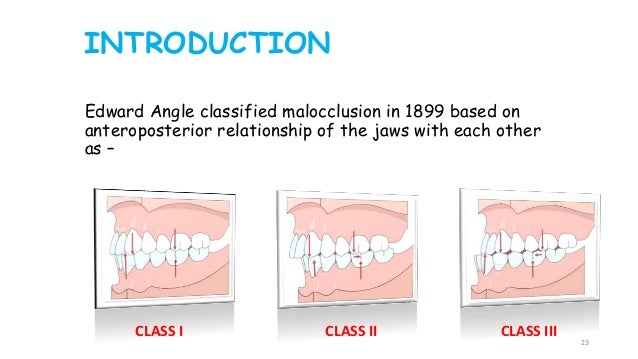
Management Of Class Ii And Iii Malocclusion
Treatment Of Class Iii Malocclusion Atypical Extraction Protocol

Nonextraction Treatment Of A Skeletal Class Iii Malocclusion - Sciencedirect
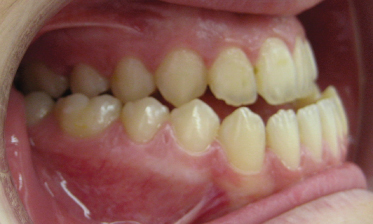
16 Class Iii Malocclusion The Evidence On Diagnosis And Treatment Pocket Dentistry
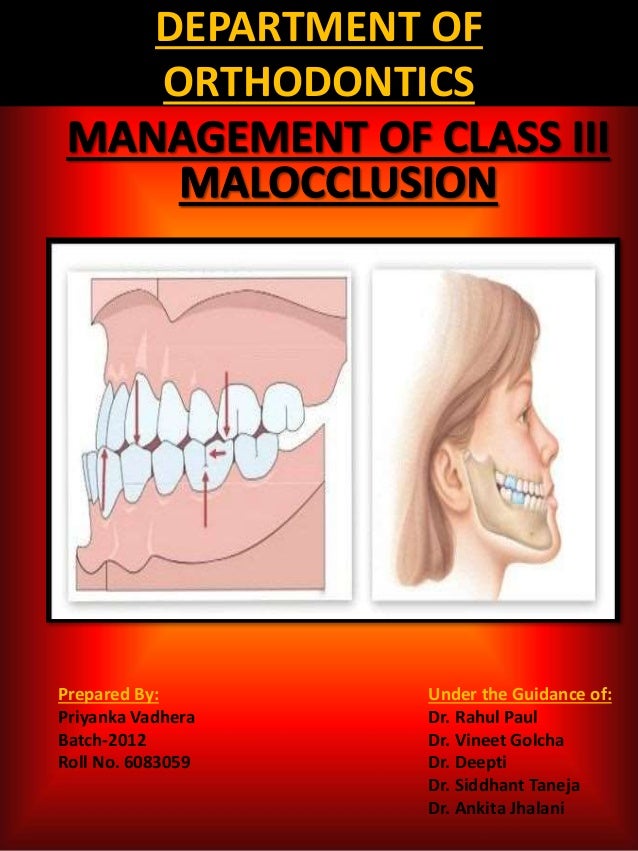
Class Iii Malocclusion

Developing Class Iii Malocclusions Challenges And Solutions Ccide
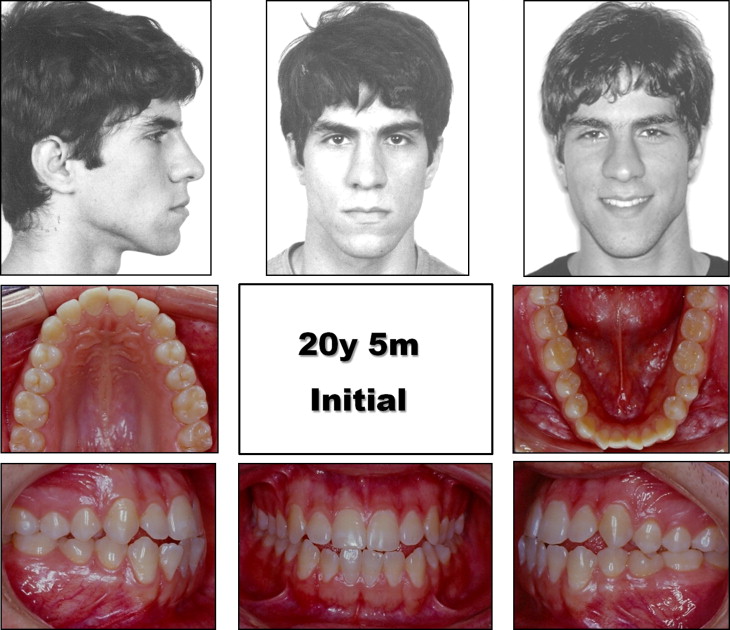
Angle Class Iii Malocclusion Treated With Mandibular First Molar Extractions Pocket Dentistry

Scielo - Brasil - Management Of Skeletal Class Iii With Facial Asymmetry Using Skeletal Anchorage 4-year Follow-up Management Of Skeletal Class Iii With Facial Asymmetry Using Skeletal Anchorage 4-year Follow-up

Angles Classification Of Malocclusion Dentodontics
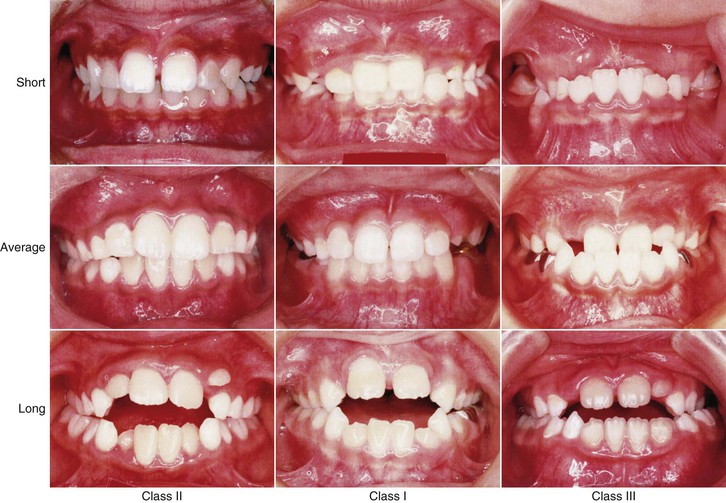
15 Clinical Practice Guidelines For Developing Class Iii Malocclusion Pocket Dentistry

Q Class Iii Malocclusion Is Called - Studentrdh Blog

An Untreated Class Iii Malocclusion With Anterior Displacement From Rcp Download Scientific Diagram

Class Iii Malocclusion - Ppt Download

Malocclusionsclass Iclass Iiclass Iiiclinical Featuresquick Revision - Youtube
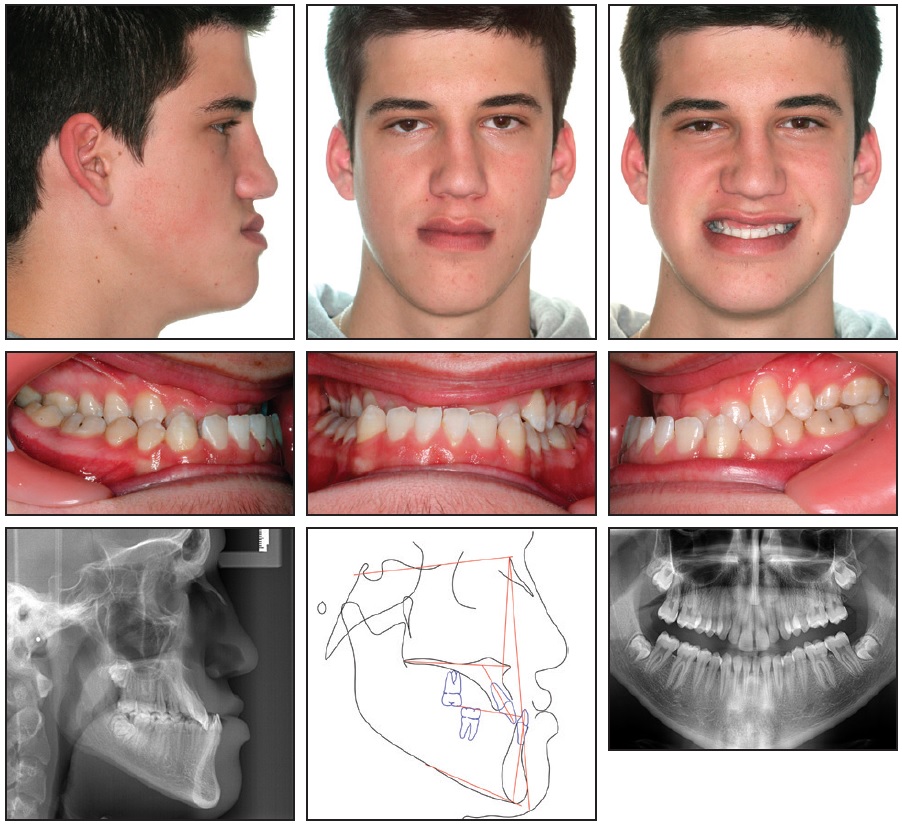
Nonsurgical Correction Of Severe Skeletal Class Iii Malocclusion - Jco Online - Journal Of Clinical Orthodontics
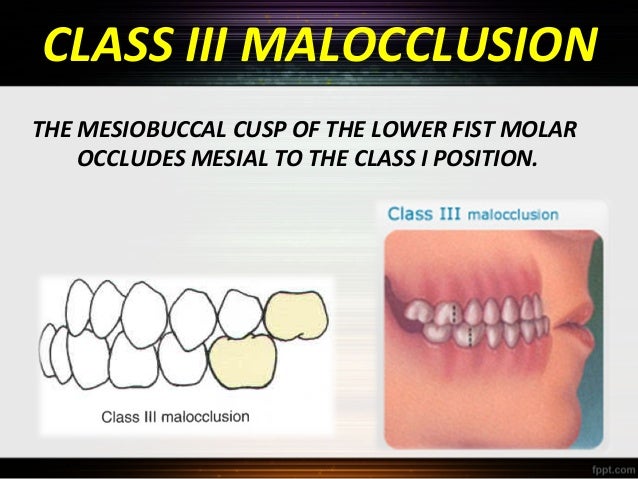
Classification Of Malocclusion

Classification Of Developing Class Iii Malocclusion For Early Download Scientific Diagram

Class Iii Malocclusion - Youtube

Before Treatment Records Of An Orthognathic Surgery Case With High Download Scientific Diagram
